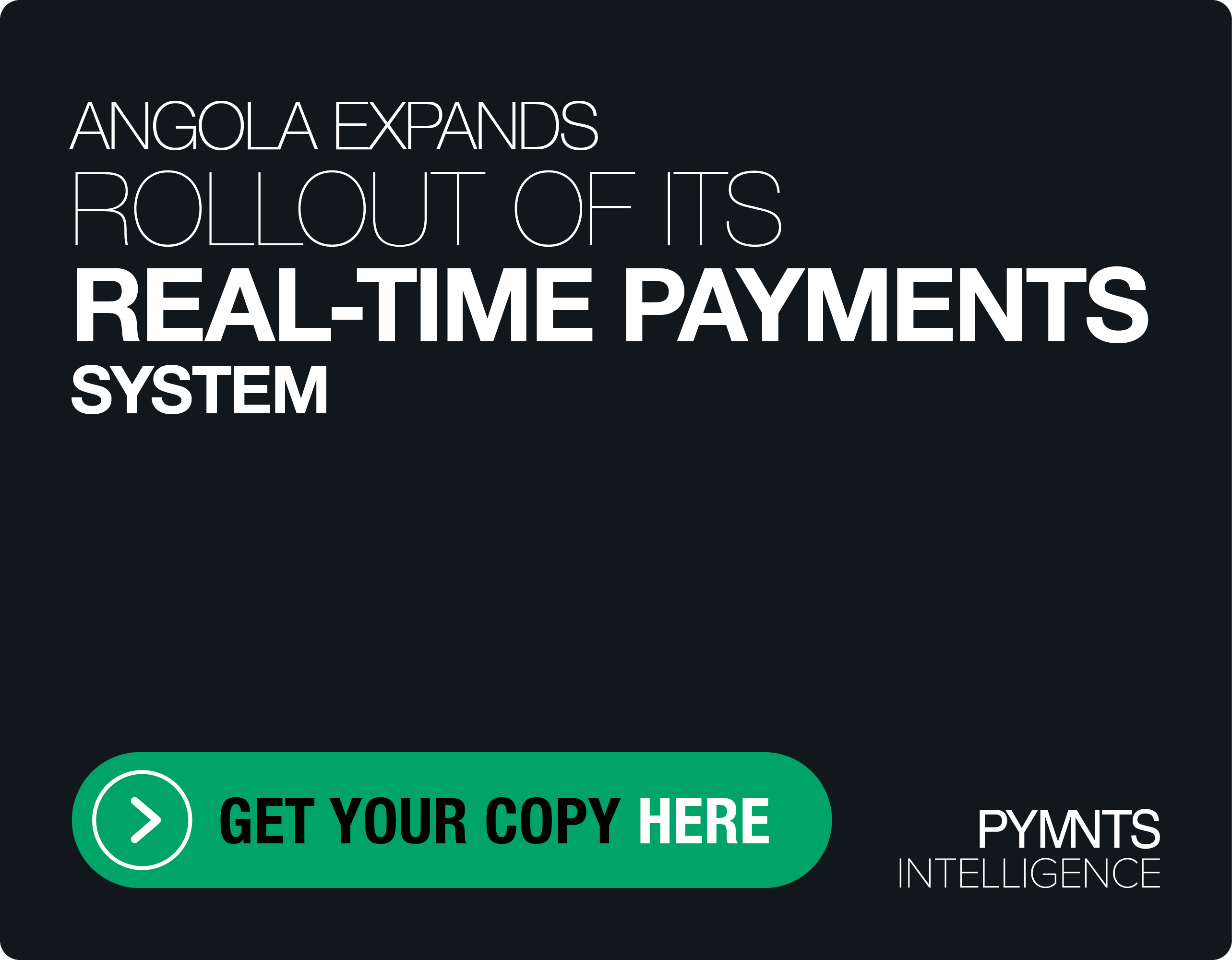How Recurring Payments Support Customer Services

Software-as-a-Service (SaaS) support platforms have more to worry about than solving customer service problems — they must manage the backlash when interrupted subscription payments shut customers out from getting the help they need. In the new Global Recurring Payments Tracker, Pablo Kenney, director of product strategy and operations for Zendesk, explains how recurring payments keep customers from churning.
Satisfied customers are key to any company’s success. Those experiencing issues like declined payments or damaged products will want to share their frustrations with merchants, but direct communication grows more challenging when digital screens separate businesses and their customers.
The right customer support services can connect these two parties to more effectively work through difficulties. One such provider is software firm Zendesk, which has a portfolio that includes call center and customer relationship management (CRM) solutions, live chat features and data analytics used by thousands of companies around the world.
Pablo Kenney, Zendesk’s director of product strategy and operations, recently spoke with PYMNTS about how recurring payments are essential to the firm’s work: assisting other companies in managing customer service. Recurring payments empower Zendesk’s client base to resolve conflicts with their own customers as quickly as possible, he explained.
“We are in the business of customer service, and, fundamentally, that is the business of relationships,” Kenney said.
Keeping Customer Service Running Smoothly
Kenney pointed out that many customers do not think about smooth experiences, but they pay attention when things go wrong, and assess the value of the business relationship. Consider a restaurant patron who receives unpleasant staff treatment. Such experiences can dampen customers’ total impressions, even those unrelated to employee interactions.
“No matter how good the food is, if the service is bad, [the whole experience] leaves a pretty bad taste in your mouth,” he said.
Zendesk’s solutions provide more seamless interactions for businesses and customers, and its clients can use recurring payments to access them. Kenney noted that regular payments are crucial to merchants resolving any outstanding issues with their own customers, as the transaction reliability ensures that Zendesk’s clients can depend on support.
“The moment of payment is an important moment in [a] business of relationships, because, in that moment, you are validating that one party got value [for a service while] the other [got] paid for it,” Kenney explained.
Interrupted payments could break customers’ access to assistance, and force customers to input new billing information, he noted, preventing Zendesk’s clients from obtaining important customer support services and causing additional relationship frictions.
“For us, being able to provide seamless recurring payments is a critical part of how we see our relationship with our customers,” he said.
Helping Customers Face Global Change
Zendesk considers recurring payments “critical” to providing its services, but Kenney noted that not all businesses are comfortable using this option. Some firms may be concerned about having adequate account balances available when the billing cycle completes, and may decide against enrolling to avoid overdraft charges, while other firms might not be capable of budgeting for monthly recurring fees.
Kenney also noted that companies engaging with customers across borders still expect seamless experiences, but providing such smoothness requires understanding of how each business operates, and of the client solutions that work best for them. Some companies may want to issue payments in U.S. dollars because they built their businesses around the currency, he said, while others might operate in local currencies, and would rather not calculate foreign exchange (FX) rates to complete transactions. Drop-down menus of payment options for irrelevant currencies may overwhelm customers.
“It really depends market by market,” Kenney said.
Zendesk works to understand its global client base’s needs by engaging with different markets’ customers. These connections provide insights into sensible payment methods for them, and options that generate friction. Kenney noted that several customers voiced complaints when Zendesk’s only available payment options were ACH and credit cards, so it expanded to include PayPal, based on the feedback.
“The only way [we are] able to stay on top of those things is by having those conversations, and [trying] to understand what [customers] need,” he said.
This valuable communication, once again, relates to the foundation of customer service. Zendesk positions itself to help its client base address customer support needs by listening to concerns.
“My hope is that we can live in a world where everyone understands that as good as a product is, as smart as an idea is, that customer service is a critical part of their business, and that payment is a critical part of the customer journey,” Kenney said.
Businesses succeed when consumers are satisfied. Keeping payments free from interruption can ensure that companies have the right tools available to focus on their customers’ needs.

